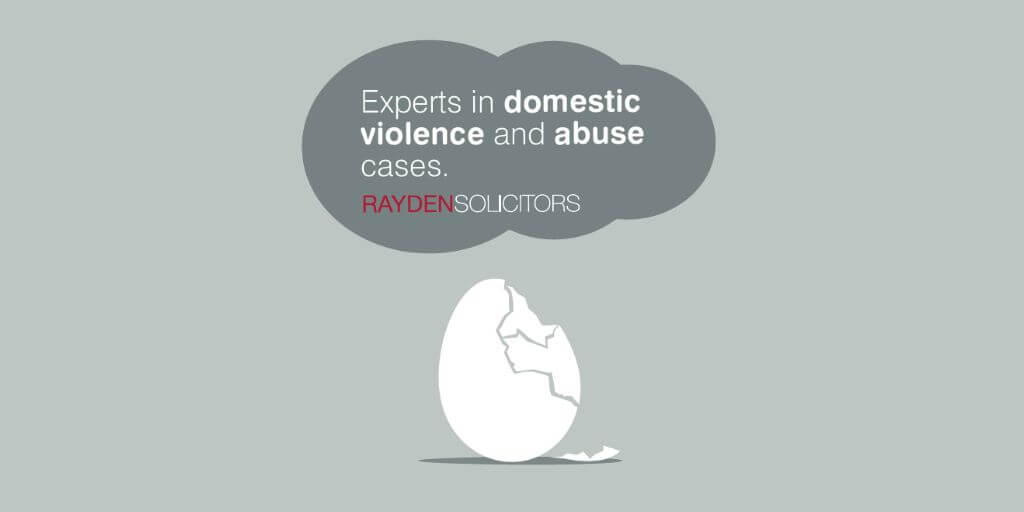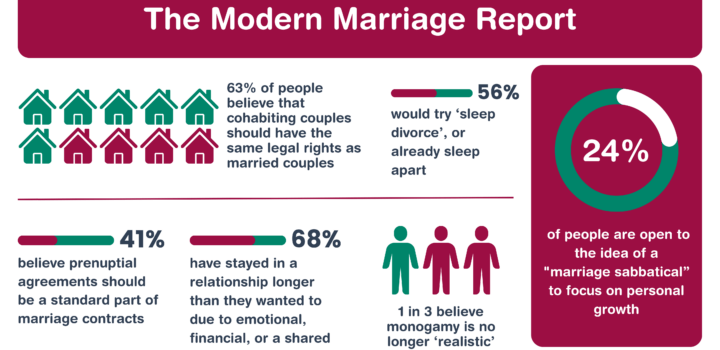In a series of blogs Legal Director, Nicola Meldrum, joins with guest author Sunita Anderson who is a survivor of domestic violence and now coaches and mentors other survivors through domestic abuse recovery. Together they look into what domestic violence is, the different forms it can take and the route out of an abusive relationship.
In our previous blogs we’ve addressed what domestic abuse is, and the process of recognising domestic abuse: the movement from denial to awareness. But awareness only has power if there is acceptance.
On average it takes a woman 5 years to leave an abusive relationship.
There are a number of reasons for this, which include:
- a genuine denial of what’s happening;
- a false denial where deep down you know it is true but refuse to believe it;
- being aware but thinking you can handle it; or
- being aware but scared to do anything or tell anyone or perhaps not even knowing what to do or who to tell.
Sunita’s experience: What did I do?
So far, I have not really shared anything directly personal about my circumstances, and just to reiterate that everybody’s experience is unique to them. However, there will be a shared essence of what survivors experience which is why I thought this insight might be helpful.
I was in genuine denial. Friends started to notice behaviours in my relationship that shocked them and began urging me to look up domestic abuse terminology, to contact domestic abuse support services and charities, or victim support networks. But I kept making excuses to explain (perhaps to myself) that this was just a difficult bumpy period in the marriage and certainly not abusive. So,it was 18 months before I found myself reaching for the support that I needed. To be clear, this was not my decision– I was told to by the police to make a call to Victim Support.
Although I was still in denial about the abuse, I had accepted my failed marriage and had engaged a solicitor to prepare a divorce petition. But something happened that shifted the goal posts – a particularly awful outburst at home, in front of my mum, who immediately called the police. This was the night that I got told by authorities that I was a victim of abuse and I needed to phone Victim Support. This was the night that my exit plan got serious.
An exit plan is where you get organised to ensure that you are ending this relationship safely with a thought-through idea of what you will do, what you will need to take, and where you will go. You need to do this quietly and carefully with only a very small circle of individuals to trust, and to discuss this with a solicitor specialising in family law. Having at least one trusted confidante can boost your confidence. Your abuser cannot know as they will be the first person to sabotage it which can potentially put you in an unsafe position.
What is an exit plan?
At this stage it is just a plan, but it needs to be a robust and workable one, so you should enlist good, safe help.
How do I know when the time is right to tell someone?
The moment you are thinking this question, it’s the right time. The expression ‘it is better to be safe than sorry’ has literal truth when it comes to domestic abuse.
The more important question is – “who should you tell?”
This is crucial – you need to speak to the right experts.
Make sure that you get expert legal advice from a firm with a speciality in family law and domestic violence. Good, early, legal advice will ensure that you do all the things that will enable the best and safest result for you and your children, if you are a parent. Sometimes a hasty exit may not be the best move. However, if you think you might be in imminent danger then you must phone the police without hesitation.
What if I don’t want to leave?
If you feel like you want to stay in an abusive relationship, I would advise you to definitely phone Victim Support or your local domestic abuse charity to assess your level of safety and help you with some relevant domestic abuse awareness tools and guidance, and possibly a dedicated assistant.
What about my family and close friends?
You need a safety circle of support so tell at least one family member or friend. But remember that not everyone can see what you see and abusers can be very charming and manipulative. You also need to be careful of friends who may share things back with your abuser. Choose carefully.
On that point, here comes what I feel was one of the best and also the hardest pieces of advice that I got told: halt your communication with your abuser. They have broken your trust and now that you are making plans of safety and/or exit you need to ensure that they do not sabotage them. They will do this if they know, using coercive controlling behaviour to change your mind, so you need to be vigilant to their emotional abuse.
What I also found was that by minimising conversation, I didn’t add fuel to any fire. There was a lot of gaslighting in play but without a response from me, it quickly hit a dead end. The psychological abuse continued but this definitely helped.
The steps in summary:
1. Make a solid plan. Be safe, keep a log, have a goal and carefully set things in place towards it.
2. Let someone know. Create a safety net of trusted people that include friends and professionals.
3. Minimise communication. As well as being better for you, you remove the risk of the abuser using something you said against you.
Coming up next time we focus on seeking legal advice and the protection that the family courts can offer.
If you would like to discuss any of the above in more detail, please do not hesitate to send Nicola or Sunita an email.
















